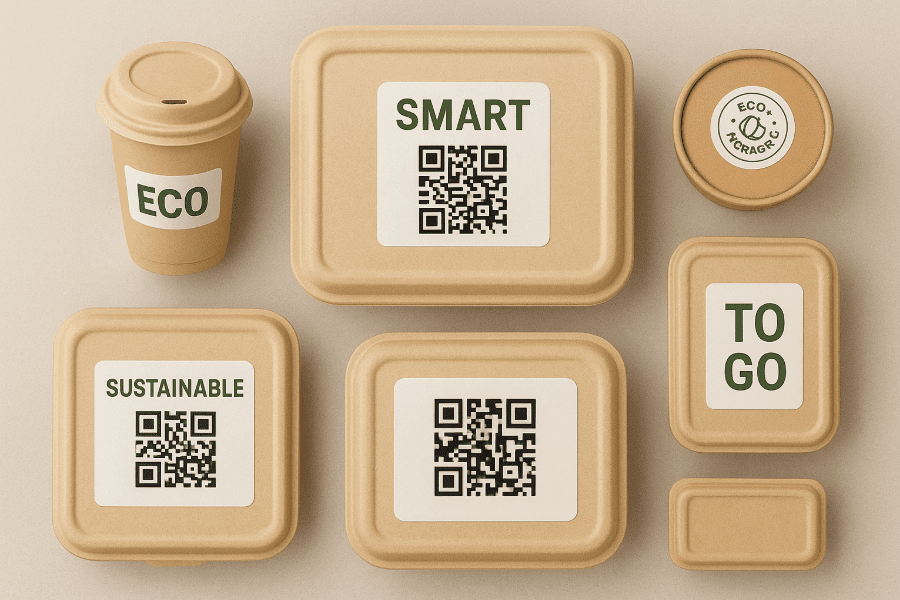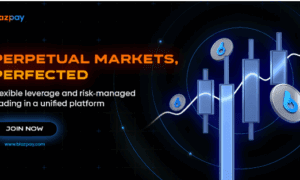The food service industry runs on trust — trust that every dish served maintains its flavor, freshness, and safety. Behind this experience lies an often-overlooked hero: the packaging. From design to delivery, a takeaway packaging supplier plays a crucial role in ensuring that products not only look appealing but also meet the highest quality and compliance standards.
In this article, we’ll explore how packaging suppliers bridge the gap between creative design, sustainable materials, and regulatory requirements — ensuring every box, cup, and container meets the demands of both businesses and consumers.
Understanding the Role of Takeaway Packaging Suppliers
A modern takeaway packaging supplier does much more than just produce containers. They partner with restaurants, cafés, and food chains to design, test, and deliver solutions that align with brand identity and customer expectations.
From material selection and printing to logistics and sustainability, their job covers the entire lifecycle of packaging. With rising consumer awareness about eco-friendly products, suppliers must ensure compliance with environmental standards while maintaining durability and food safety.
The ultimate goal? To provide packaging that protects, promotes, and performs.
From Concept to Creation: The Design Phase
Designing effective takeaway packaging starts long before production begins. It involves a deep understanding of the client’s needs, target audience, and food type.
- Brand Consistency:
Suppliers collaborate closely with food brands to reflect their visual identity. The choice of colors, fonts, and imagery must instantly communicate who the business is — whether it’s a premium restaurant or a casual street food brand. - Functional Design:
Beyond appearance, functionality matters. The packaging must be leak-proof, heat-resistant, and easy to carry. For example, hot meals require insulated containers, while cold desserts need moisture-resistant packaging. - Sustainable Choices:
Suppliers now prioritize materials that are biodegradable, recyclable, or compostable. Paperboard, PLA-coated materials, and bagasse (sugarcane pulp) are gaining popularity as eco-conscious alternatives to plastic.
Quality Control: Where Precision Meets Performance
Once the design is finalized, maintaining consistent quality becomes the next challenge. Reliable suppliers implement strict quality assurance processes at every production stage.
Material Inspection:
Raw materials are tested for durability, safety, and compliance with food-grade standards. Only certified suppliers are approved to provide base materials.
Production Monitoring:
During manufacturing, suppliers monitor thickness, print accuracy, and structural strength to ensure uniformity across batches.
Endurance Testing:
Packaging must endure temperature changes, stacking, and transportation. Drop tests, compression tests, and heat resistance evaluations help validate their durability.
This systematic approach helps ensure that every takeaway box or cup performs exactly as expected — no leaks, no tears, and no compromise on quality.
Compliance and Regulatory Standards
In the packaging industry, compliance is non-negotiable. Suppliers must adhere to a range of international food safety and environmental standards.
Key regulations include:
- FDA and EU compliance for materials in contact with food.
- ISO certifications (such as ISO 9001 for quality management).
- Environmental compliance ensuring materials meet recyclability or compostability requirements.
Suppliers who prioritize compliance not only avoid penalties but also enhance their reputation and customer trust.
Sustainable Packaging: A Growing Priority
Sustainability has shifted from a trend to an expectation. Today’s customers demand eco-conscious packaging without compromising convenience.
Leading suppliers are innovating through:
- Plant-based coatings that replace plastic liners.
- Minimalist packaging designs that reduce material waste.
- Reusable and recyclable systems for delivery services.
These initiatives help brands appeal to environmentally aware consumers while aligning with government regulations targeting single-use plastics.
Innovation in Material and Technology
Technology is transforming the packaging landscape. Automation and digitalization now drive efficiency and precision in production.
- 3D modeling allows faster prototype development, minimizing design errors.
- Smart printing systems ensure color accuracy and brand consistency.
- Supply chain software enhances traceability from raw material sourcing to final delivery.
Advanced suppliers also invest in R&D, exploring materials that balance performance, sustainability, and cost.
Collaboration and Customization
Modern suppliers operate as strategic partners rather than simple vendors. Collaboration throughout the process allows brands to customize packaging that resonates with their customers.
Whether it’s limited-edition boxes for special campaigns or custom sizes for new product launches, the ability to adapt quickly is a major differentiator.
This customer-centric approach enhances brand image and supports business growth through consistent, premium-quality packaging.
Choosing the Right Supplier for Your Business
When selecting a packaging partner, food businesses should evaluate more than just price. Look for suppliers with:
- Proven quality assurance systems.
- Strong compliance certifications.
- Commitment to sustainability and innovation.
- Ability to deliver at scale without compromising timelines.
Working with an experienced takeaway packaging supplier such as MBPak ensures that every stage — from design concept to customer delivery — is handled with precision and reliability.
Their expertise in materials, quality testing, and eco-friendly production makes them a trusted partner for brands seeking both performance and responsibility in packaging.
Beyond the Box: The Future of Takeaway Packaging
The takeaway packaging industry is evolving rapidly. The future belongs to suppliers who can integrate sustainability, technology, and aesthetics seamlessly. With rising global regulations on waste reduction, the demand for innovative packaging will only grow stronger.
In this changing environment, working with a forward-thinking partner ensures you stay ahead of compliance, quality, and customer expectations. The right supplier doesn’t just deliver packaging — they deliver trust, safety, and brand value in every box.



































